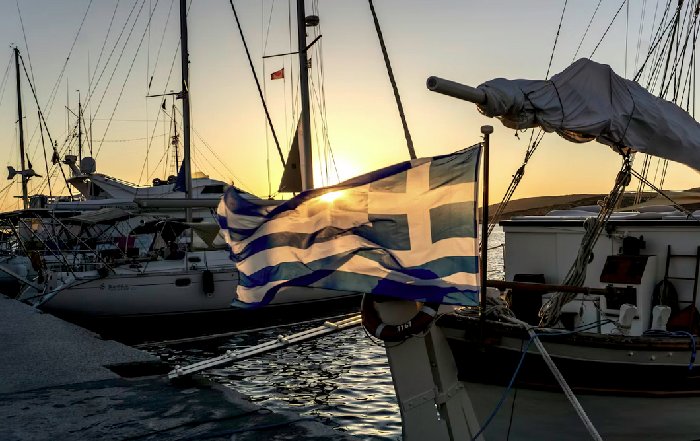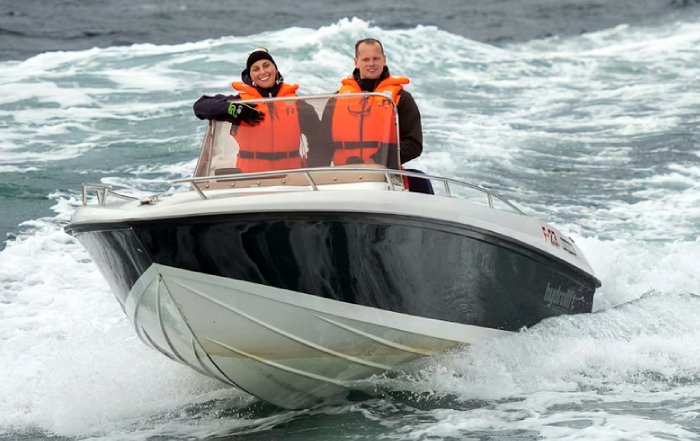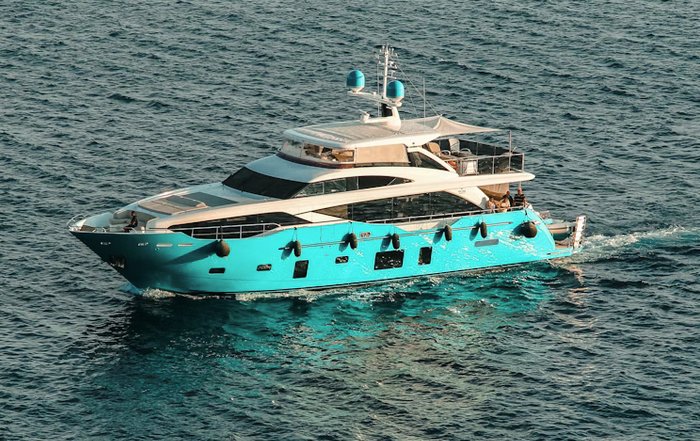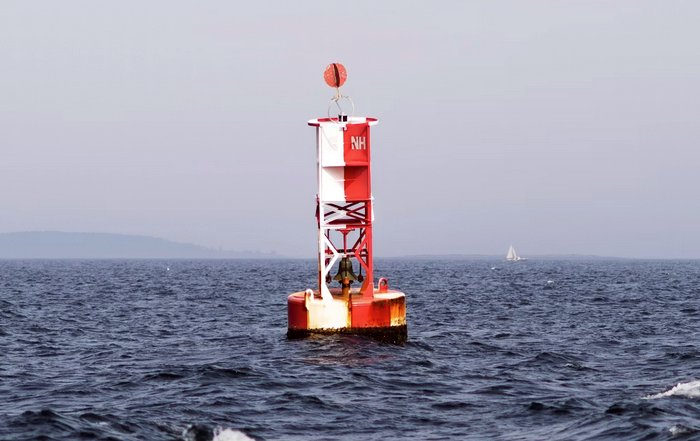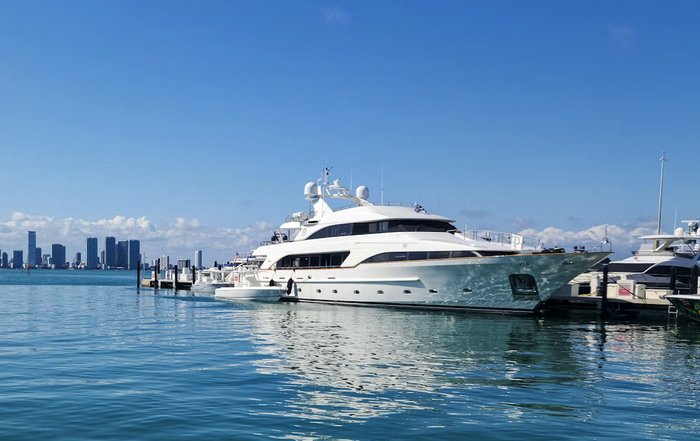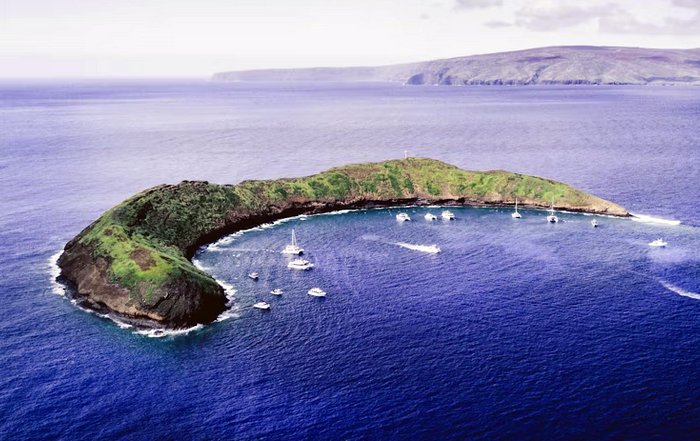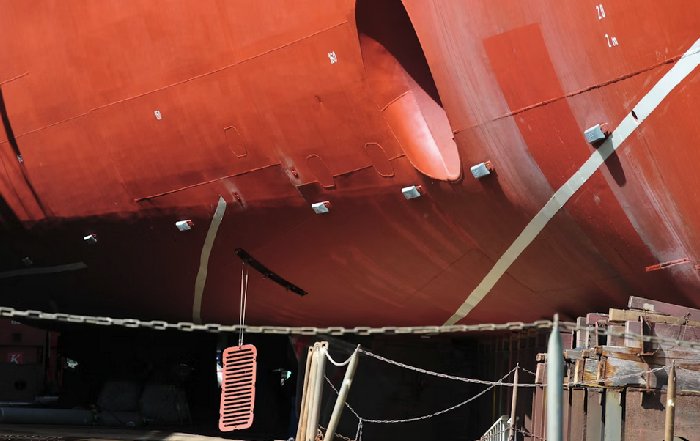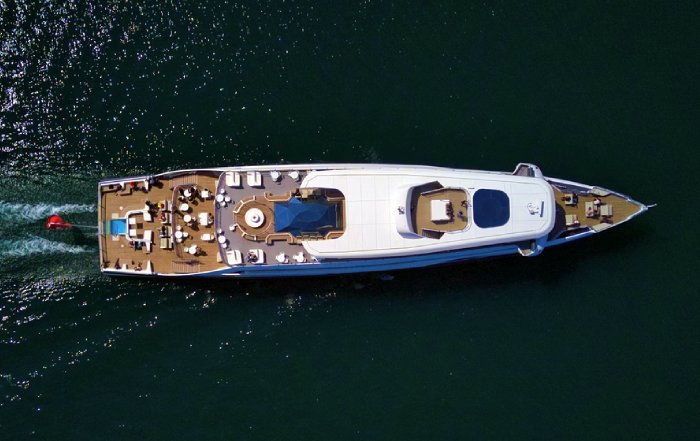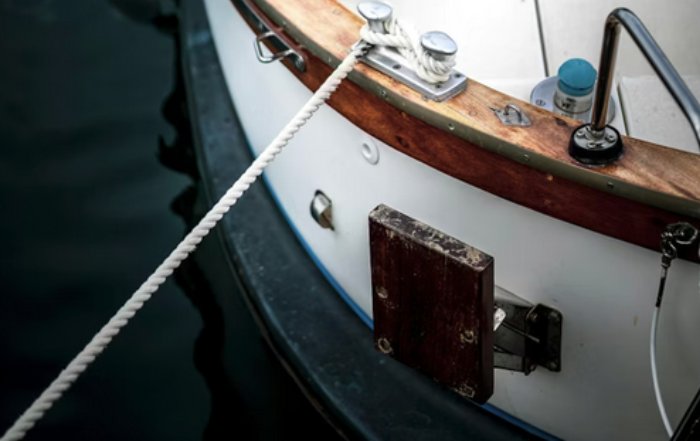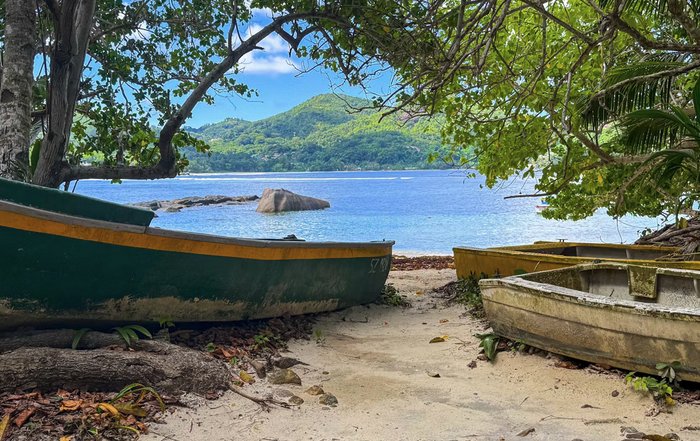Yacht Charter Highlights Across the Greek Isles in 2025
The Greek Isles as a Strategic Charter Destination
In 2025, the Greek islands stand at the intersection of luxury lifestyle, maritime tradition, and sophisticated global tourism strategy, making them one of the most compelling yacht charter regions for discerning owners, charterers, and industry stakeholders who follow Yacht-Review.com. The archipelagos of the Aegean and Ionian Seas, long celebrated for their mythology and seafaring heritage, have evolved into a mature, well-regulated yachting market, supported by modern marinas, robust service ecosystems, and a growing emphasis on sustainability and digital innovation. For business leaders, family offices, charter brokers, and yacht managers from the United States, United Kingdom, Germany, Canada, Australia, and across Europe and Asia, the Greek isles now combine operational reliability with an experiential richness that is difficult to replicate elsewhere.
From the vantage point of Yacht-Review.com, which has chronicled developments in yacht reviews, design trends, and global cruising patterns, Greece's rise is not a sudden phenomenon, but the culmination of long-term investment in infrastructure, regulatory reforms harmonized with European Union frameworks, and a renewed focus on high-value nautical tourism. International charter clients increasingly view Greece not only as a picturesque backdrop but as a sophisticated theatre for business networking, multigenerational family travel, and curated experiential itineraries that integrate history, gastronomy, wellness, and culture. As the global yachting community recalibrates after recent macroeconomic and geopolitical shifts, the Greek islands have emerged as a stable, attractive, and strategically positioned charter hub within the Eastern Mediterranean.
Key Island Groups and Signature Charter Experiences
The Greek islands comprise several distinct regions, each with its own character, cruising conditions, and value proposition for charterers. For owners and brokers designing itineraries through Yacht-Review.com's travel and global lenses, understanding these differences is central to matching the right vessel, crew, and onboard experience to client expectations.
The Cyclades, with iconic destinations such as Mykonos, Santorini, Paros, and Naxos, offer quintessential postcard imagery, characterized by whitewashed architecture, dramatic caldera views, and a nightlife scene that attracts international clientele from London, New York, Dubai, and Singapore. Charter itineraries here often emphasize social experiences, high-end beach clubs, and late-night dining, balanced with quieter anchorages on less developed islands for guests seeking respite from the energy of Mykonos Town or Fira.
The Ionian Islands, including Corfu, Zakynthos, Kefalonia, and Lefkada, present a different proposition, with lush green landscapes, calmer waters, and a cultural blend influenced by Venetian and Western European heritage. For family charters and multi-generational groups, the Ionian often proves ideal due to more sheltered cruising, charming coastal towns, and a relaxed ambience that appeals to guests from Germany, Switzerland, and the Nordic countries who prioritize comfort and safety alongside authenticity.
The Dodecanese, stretching towards the Turkish coast with islands such as Rhodes, Kos, and Symi, combine medieval architecture, UNESCO-listed heritage sites, and proximity to broader Eastern Mediterranean itineraries. This region allows charterers to integrate Greek and Turkish experiences within a single voyage, a feature particularly attractive to globally mobile clients from Asia and North America seeking a more expansive cultural narrative.
The Saronic Gulf and Argolic Gulf, close to Athens, remain pivotal for shorter charters and corporate events, with islands such as Hydra, Spetses, and Aegina providing easy access, relatively gentle sea conditions, and a convenient base for guests flying into Athens International Airport. Finally, the Sporades and North Aegean islands, less crowded yet increasingly popular among experienced yachtsmen, offer pristine anchorages and a sense of discovery that resonates with owners seeking privacy and exclusivity away from the most publicized hotspots.
Vessel Selection, Design Trends, and Onboard Experience
Across the Greek charter landscape, the choice of vessel has become a strategic decision that reflects not only personal taste but also operational requirements, regulatory constraints, and environmental considerations. Motor yachts remain dominant for many high-net-worth travelers from the United States, the United Kingdom, and the Middle East who prioritize speed, stability, and the ability to cover multiple islands within a limited timeframe. However, there is a marked resurgence of interest in sailing yachts and performance catamarans, particularly among European and Australian clients who value a closer connection to the sea and lower fuel consumption.
From a design perspective, Yacht-Review.com's coverage of boats and yacht innovations has highlighted a clear movement towards flexible, multi-use spaces that can transition seamlessly from family-friendly daytime layouts to more formal evening configurations suitable for business meetings or private events. Open-plan aft decks, beach clubs with direct sea access, and wellness-focused areas featuring gyms, spas, and yoga decks have become near-standard expectations in the premium charter segment. Naval architects and interior designers, many of whom collaborate with leading European yards and studios, increasingly integrate natural materials, biophilic elements, and advanced lighting systems to create a sense of calm that complements the luminous seascapes of the Aegean and Ionian.
Technological sophistication is now integral to the onboard experience, from stabilized connectivity solutions that support video conferencing and streaming across remote anchorages to advanced navigation and safety systems aligned with evolving regulations from organizations such as the International Maritime Organization. Interested readers can explore how such innovations shape the future of marine operations by visiting resources like the IMO's official site. For charter clients who combine leisure with work, particularly executives and entrepreneurs managing global portfolios, this digital reliability is no longer a luxury but a prerequisite, influencing vessel selection as much as aesthetic considerations or cabin layouts.
Seasonality, Weather, and Operational Planning
The Greek charter season traditionally peaks from late June through early September, yet in 2025 there is a noticeable extension of shoulder seasons, driven by climate shifts, flexible working patterns, and the desire of experienced charterers to avoid high-season congestion. May, early June, late September, and October now see increasing demand, particularly from European, UK, and North American clients willing to trade slightly cooler temperatures for quieter anchorages and more availability among top-tier yachts and crews.
From a meteorological standpoint, the Meltemi winds in the Aegean remain a defining factor for itinerary planning, especially in the Cyclades, where strong northerly winds can challenge less experienced crews and guests. Professional captains and management companies draw on advanced forecasting tools and guidance from authorities such as the Hellenic National Meteorological Service and international platforms like Météo-France Marine to optimize routing and ensure safety. The Ionian and Saronic regions, with generally milder conditions, are often recommended for families with young children or older guests who may be more sensitive to rough seas.
Operationally, the extension of the season has implications for crew scheduling, maintenance windows, and refit planning, topics that Yacht-Review.com continues to analyze through its business and technology coverage. Owners and charter management firms are increasingly adopting data-driven approaches to predict demand, allocate resources, and coordinate with Greek marinas and service providers, ensuring that vessels are positioned strategically across Piraeus, Lavrion, Corfu, Rhodes, and other key hubs to capture both early and late-season bookings.
Marinas, Infrastructure, and Service Ecosystems
One of the strongest arguments in favor of Greece as a charter base in 2025 is the significant improvement in marina infrastructure and the breadth of professional services now available to international yachts. Major facilities such as Alimos Marina, Flisvos Marina, and Gouvia Marina in Corfu have invested heavily in upgraded berths, enhanced security, and premium shore amenities, catering to superyachts and large charter fleets alike. The alignment of Greek marina operations with best practices from leading European networks, supported by organizations such as the European Boating Industry, has elevated standards across safety, environmental management, and customer service. Readers interested in broader European marine policy trends can review updates from bodies like European Boating Industry.
Beyond docking facilities, the service ecosystem surrounding Greek marinas has matured into a comprehensive support network that includes specialized technical teams, refit yards, provisioning agents, concierge services, and luxury transportation providers. This ecosystem is particularly important for charter clients arriving from long-haul markets such as the United States, Canada, Australia, and Asia, who expect seamless transitions from private aviation or first-class commercial flights to their waiting yachts. The ability to source high-quality provisions, from local organic produce to premium wines and specialty dietary items, has become an important differentiator for charter management companies operating in Greece, reflecting a global trend towards bespoke, health-conscious onboard gastronomy.
For the yachting industry, these developments translate into a higher level of confidence in Greece as a long-term operational base rather than a purely seasonal destination. Owners contemplating basing their vessels in the Eastern Mediterranean for extended periods can rely on a robust local supply chain, while charter brokers can promote Greek itineraries with the assurance that underlying infrastructure meets the expectations of a sophisticated, international clientele.
Regulatory Environment, Compliance, and Risk Management
The regulatory environment in Greece has undergone meaningful reforms over the past decade, aligning more closely with broader European Union standards and addressing historical complexities that once deterred some operators. In 2025, charter licensing, taxation, and crew regulations are more transparent and predictable, allowing international management companies and brokers to structure operations with greater certainty. While the regulatory framework remains intricate, especially for non-EU flagged vessels, the presence of experienced local legal and fiscal advisors has mitigated many of the perceived barriers to entry.
For business-focused readers of Yacht-Review.com, regulatory clarity is particularly relevant in the context of risk management and asset protection. Owners and charterers are increasingly attentive to issues such as VAT treatment on charters, cabotage rules, and compliance with safety and labor regulations, not only to avoid penalties but to protect reputational capital in an era of heightened public scrutiny. Resources such as the European Commission's maritime transport pages and international legal analyses available through platforms like Lloyd's List offer additional perspectives on the evolving regulatory landscape.
Charter management firms operating in Greece have responded by professionalizing their compliance frameworks, deploying digital tools to track documentation, certifications, and crew qualifications, and integrating risk assessments into itinerary planning. For clients, this translates into a smoother booking process, clearer contractual terms, and greater assurance that their charter experience is underpinned by robust governance. Yacht-Review.com continues to monitor these developments within its news coverage, recognizing that regulatory stability is a cornerstone of long-term growth for the Greek charter sector.
Family, Lifestyle, and Multigenerational Charters
The Greek islands lend themselves naturally to family and multigenerational yachting, a segment that has expanded significantly since 2020 as families from North America, Europe, and Asia seek private, controlled environments for shared experiences. Calm anchorages, shallow bays, and child-friendly beaches, combined with rich historical narratives and accessible cultural sites, make Greece particularly appealing for parents and grandparents designing itineraries that balance education, adventure, and relaxation.
From a lifestyle perspective, Yacht-Review.com's family and lifestyle sections have highlighted how Greek charters increasingly integrate curated shore excursions, such as guided tours of ancient sites in Delos, Rhodes, or Knossos, hands-on culinary experiences with local chefs, and wellness activities ranging from beach yoga to spa treatments in luxury resorts. For children and teenagers, water sports such as paddleboarding, snorkeling, diving, and sailing lessons add an active dimension to the voyage, while onboard educational programs led by knowledgeable crew or specialist guides can bring Greek mythology and history to life.
Culturally, Greece offers a welcoming environment that aligns well with family-oriented values, and many charter crews operating in the region are trained to deliver personalized service that respects privacy while remaining attentive to the needs of younger guests. For families from countries as diverse as the United States, the United Kingdom, Germany, Sweden, Singapore, and South Africa, this combination of safety, hospitality, and enriching experiences has turned Greek charters into recurring annual traditions rather than one-off adventures.
Sustainability, Environmental Stewardship, and Future-Proofing
In 2025, sustainability is no longer a peripheral concern but a central pillar of strategic planning for the global yachting industry, and the Greek charter sector is increasingly aligned with this shift. The ecological sensitivity of the Aegean and Ionian Seas, combined with growing regulatory pressure and changing client expectations, has accelerated the adoption of cleaner technologies, responsible cruising practices, and marine conservation initiatives. Readers seeking broader context on environmental trends can explore organizations such as the World Wildlife Fund, which provides insights on Mediterranean ecosystems through sites like WWF Mediterranean.
Within Greece, marinas and charter operators are investing in shore power infrastructure, waste management systems, and fuel-efficient vessel technologies, including hybrid propulsion, advanced hull designs, and solar-assisted energy systems. Owners and clients are increasingly drawn to yachts that demonstrate credible environmental performance, both as an expression of personal values and as a means of future-proofing assets against tightening regulations. Yacht-Review.com has dedicated coverage to these topics within its sustainability and technology sections, recognizing that environmental stewardship is intertwined with long-term asset value and brand reputation.
Charter guests themselves are playing a role in this transition, requesting itineraries that minimize unnecessary fuel consumption, support local communities, and respect marine protected areas. Practices such as avoiding sensitive seagrass beds when anchoring, reducing single-use plastics onboard, and partnering with local suppliers who adhere to sustainable fishing and agricultural methods are becoming part of the standard conversation between brokers, captains, and clients. For businesses in the yachting value chain, understanding and articulating these sustainable business practices is increasingly important in winning tenders, securing repeat clients, and maintaining credibility with a globally aware audience.
Events, Community, and the Broader Yachting Culture
The Greek isles are not only a stage for private charters but also a growing hub for yachting events, regattas, and industry gatherings that shape community and culture. Regattas featuring classic sailing yachts, performance cruisers, and superyachts draw participants from Italy, France, Spain, the Netherlands, and beyond, while regional boat shows and marine conferences attract shipyards, designers, and technology providers eager to showcase their offerings to a Mediterranean-focused audience. Yacht-Review.com tracks these developments through its events and community coverage, emphasizing how such gatherings contribute to knowledge exchange, networking, and innovation.
These events also reinforce Greece's position within the broader narrative of maritime history and culture, a theme explored in the history section of Yacht-Review.com. From ancient seafaring traditions to modern naval architecture, the Greek seas have long served as a laboratory for navigation, trade, and exploration. Today, that heritage is reflected in a vibrant community of local captains, engineers, craftsmen, and hospitality professionals who bring deep experiential knowledge to the service of international charter clients. Their expertise underpins the reliability and authenticity of the Greek charter product, ensuring that even as the industry modernizes, it remains anchored in a rich cultural and historical context.
For owners and charterers who view yachting as more than a leisure activity, participation in Greek-based events and engagement with local communities can add a layer of meaning to their voyages, transforming them into opportunities for cultural exchange, philanthropy, and long-term relationship building.
Strategic Outlook: Why Greece Matters to the Global Charter Market
As 2025 unfolds, the Greek islands occupy a strategically important position in the global yacht charter market, balancing heritage and innovation, accessibility and exclusivity, leisure and business relevance. For the readership of Yacht-Review.com, which spans investors, owners, charter managers, designers, and passionate yachtsmen across North America, Europe, Asia, Africa, and South America, Greece offers a case study in how a mature destination can renew itself through infrastructure development, regulatory reform, and a commitment to high-quality, sustainable experiences.
The convergence of enhanced marinas, sophisticated vessels, professionalized service ecosystems, and a deep cultural backdrop makes the Greek isles uniquely suited to the evolving demands of modern charter clients. Whether the objective is to host a discreet corporate retreat, design a multigenerational family voyage, explore cutting-edge sustainable technologies, or simply experience the timeless beauty of the Aegean and Ionian seas, Greece provides a versatile and resilient platform.
For those considering their next charter, acquisition, or strategic deployment of a yacht in the Eastern Mediterranean, the insights and analyses available across Yacht-Review.com, from cruising intelligence to business perspectives, offer a trusted foundation for informed decision-making. In a world where travel patterns, regulatory frameworks, and client expectations continue to evolve, the Greek islands stand out not only as a destination of enduring allure but as a forward-looking hub at the heart of the global yachting community.

